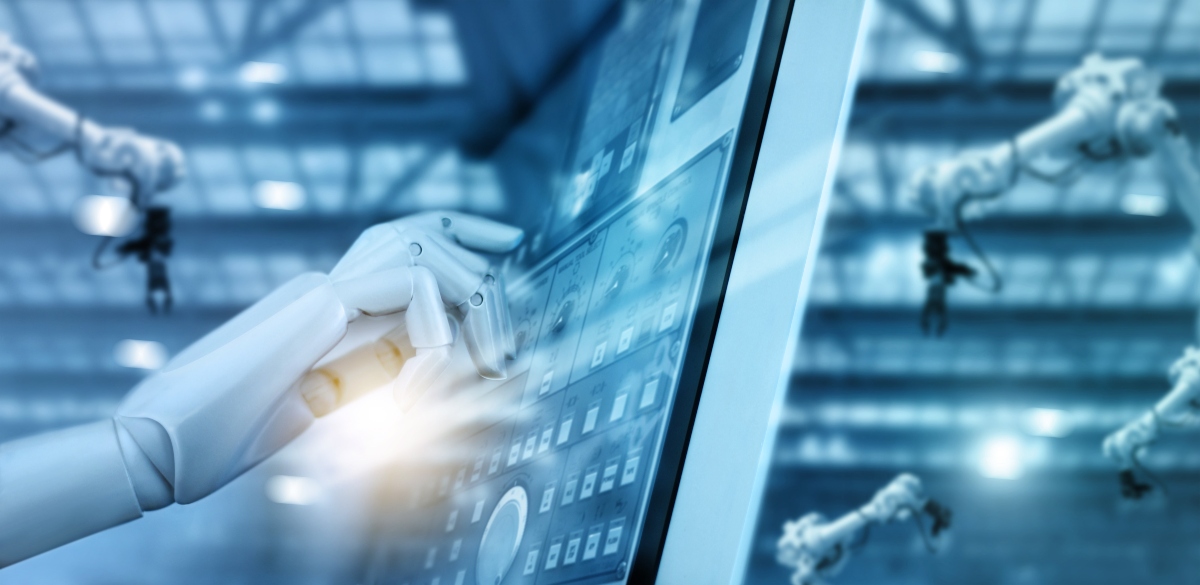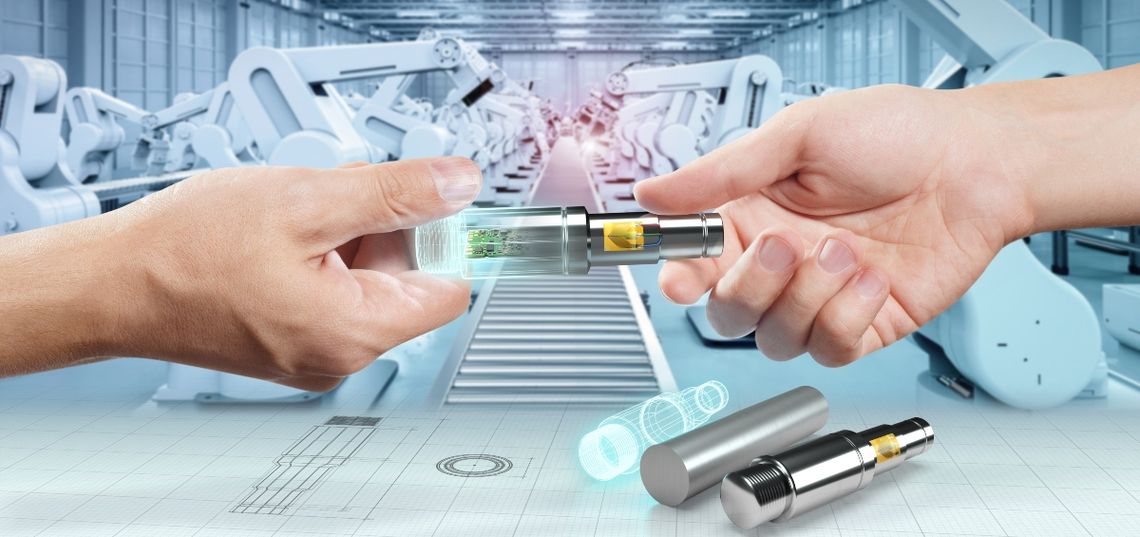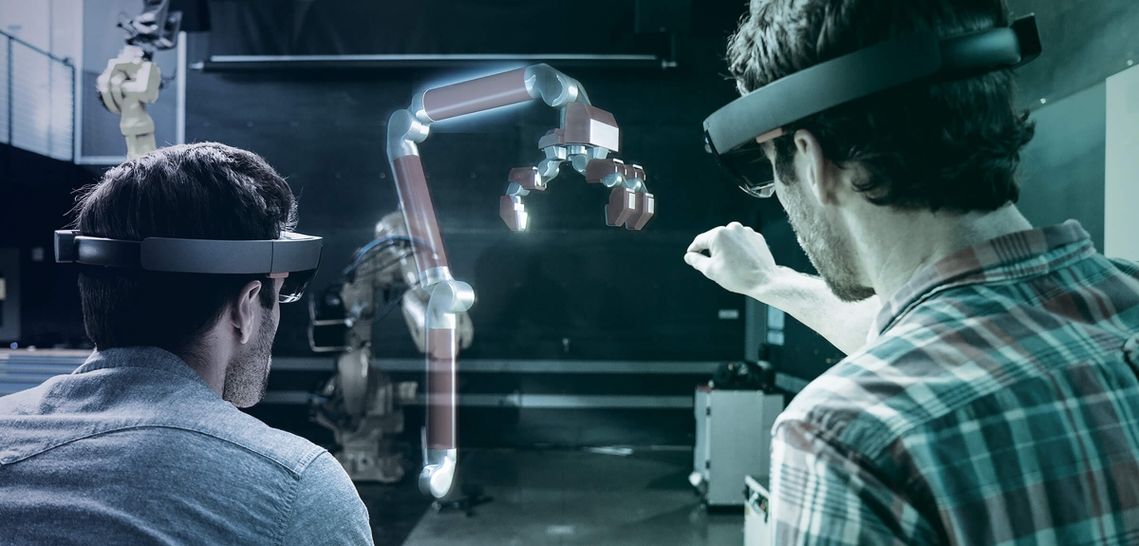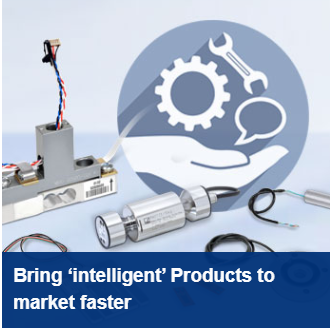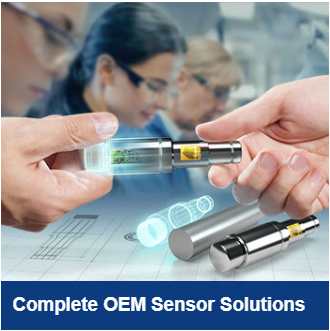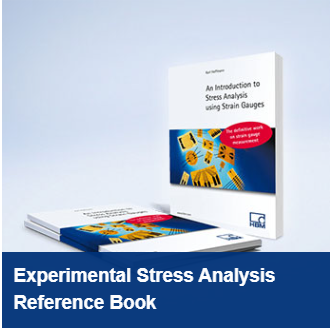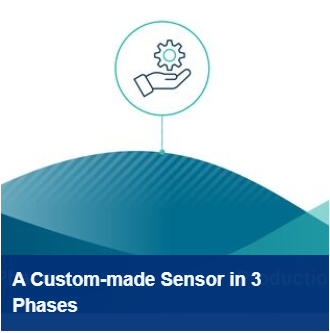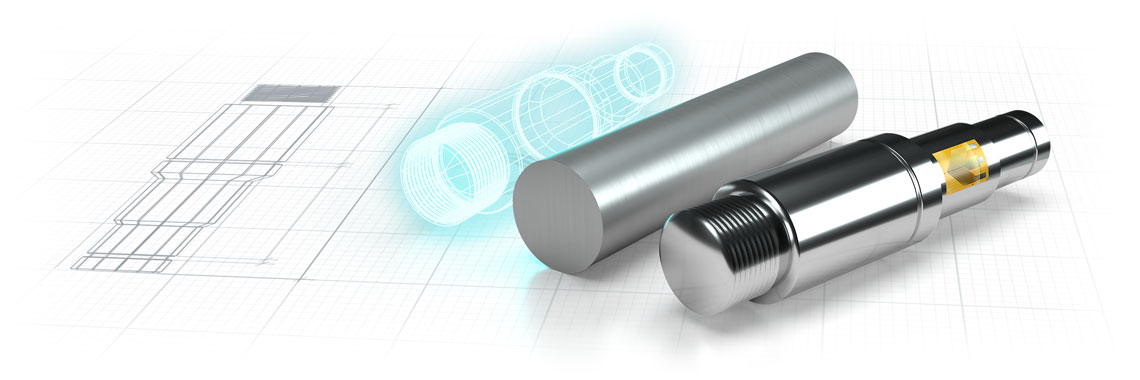

arrow_back_ios
See All Logiciels
See All Équipement d'essai de vibration
See All Electroacoustique
See All Systèmes d'essais acoustiques de fin de ligne
See All Matériels
See All Transducteurs
See All Académie
Main Menu
- Logiciel d'analyse et de simulation
- Logiciel DAQ
- Drivers et API
- utilitaire de logiciel
- Contrôle des vibrations
- Accessoires pour les équipements d'essais de vibrations
- Contrôleurs de vibration
- Excitateurs de mesure
- Excitateurs modaux
- Amplificateurs de puissance
- Agitateurs LDS
- Accessoires pour les applications électroacoustiques
- Oreille artificielle
- Bouche artificielle
- Conduction osseuse
- Acquisition de données
- HATS (Simulateur de tête et de torse)
- Microphone
- conditionnement du signal
- Solutions d'essai
- Accessoires pour les systèmes d'essais acoustiques de fin de ligne
- Actionneurs
- Moteurs à combustion
- Durabilité
- eDrive
- Systèmes mobiles
- Test de production Capteurs
- Transmission et boîtes de vitesses
- Chargeur turbo
- Systèmes de haute précision et d'étalonnage
- Systèmes DAQ
- Appareils portables
- Électronique industrielle
- Analyseur de puissance
- Conditionneur de signaux
- Transducteurs acoustiques
- Capteurs de courant et de tension
- Capteurs de déplacement
- Capteurs de force
- Cellules de charge
- Capteurs à composants multiples
- Capteurs de pression
- Capteurs de contrainte
- Jauges de contrainte
- Capteurs de température
- Capteurs d'inclinaison
- Capteurs de couple
- Transducteurs de vibrations
arrow_back_ios
See All Logiciel d'analyse et de simulation
See All Logiciel DAQ
See All Drivers et API
See All utilitaire de logiciel
See All Contrôle des vibrations
See All Accessoires pour les équipements d'essais de vibrations
See All Contrôleurs de vibration
See All Excitateurs de mesure
See All Excitateurs modaux
See All Amplificateurs de puissance
See All Agitateurs LDS
See All Solutions d'essai
See All Actionneurs
See All Moteurs à combustion
See All Durabilité
See All eDrive
See All Test de production Capteurs
See All Transmission et boîtes de vitesses
See All Chargeur turbo
See All Systèmes de haute précision et d'étalonnage
See All Systèmes DAQ
See All Appareils portables
See All Électronique industrielle
See All Analyseur de puissance
See All Conditionneur de signaux
See All Transducteurs acoustiques
See All Capteurs de courant et de tension
See All Capteurs de déplacement
See All Capteurs de force
See All Cellules de charge
See All Capteurs à composants multiples
See All Capteurs de pression
See All Capteurs de contrainte
See All Jauges de contrainte
See All Capteurs de température
See All Capteurs d'inclinaison
See All Capteurs de couple
See All Transducteurs de vibrations
See All Cours de formation
Main Menu
- nCode - Logiciel d'analyse de durabilité et d'estimation de la durée de vie en fatigue
- ReliaSoft - Logiciel d'analyse et de gestion de la fiabilité
- Assistant MX
- Logiciel Braggmonitor
- Visualisateur de données
- Configuration intelligente
- Licence de configuration virtuelle
- Logiciel de contrôle des vibrations
- Au hasard
- Choc classique
- Réplication de la forme d'onde temporelle
- Sine-On-Random
- Random-On-Random
- Synthèse du spectre de réponse aux chocs
- Agitateurs LDS à grande force
- Shakers LDS de force moyenne
- Agitateurs LDS à faible force
- Agitateurs à aimant permanent
- Équipement de secouage / Tables à secousses
- Jauge de contrainte Instrument de précision
- Unités d'étalonnage de pont
- Système d’étalonnage de microphone
- Système d’étalonnage de transducteur de vibrations
- Système d'étalonnage des sonomètres
- Sonomètres
- Compteurs de vibrations
- Intensimètre acoustique
- Dosimètre de bruit
- Logiciel portable
- Accessoires pour services portables S&V
- Système multicanal
- Système monocanal
- Piézoélectrique (Paceline)
- Contrôleur Press Fit
- Amplificateur avec écran
- Légal pour le commerce
- Accessoires pour l'électronique industrielle
- Conditionneur de signal CCLD (IEPE)
- Conditionneur de signal de charge
- Conditionneur de signal de microphone
- NEXUS
- Cartouches pour microphone
- Préamplificateurs pour microphones
- Jeux de microphones
- Hydrophones
- Sources sonores
- Calibrateurs acoustiques
- Microphones spéciaux
- Accessoires pour transducteurs acoustiques
- Utilisation industrielle, expérimentale, sur banc d'essai
- Référence (normes de transfert, conforme à la norme ISO376)
- Capteurs de force personnalisés
- Accessoires pour capteurs de force
- Point unique
- Cintrage / poutre
- Bidon
- Tension
- Compression
- Modules de pesage
- Cellules de charge personnalisées
- Accessoires pour capteurs de pesage
